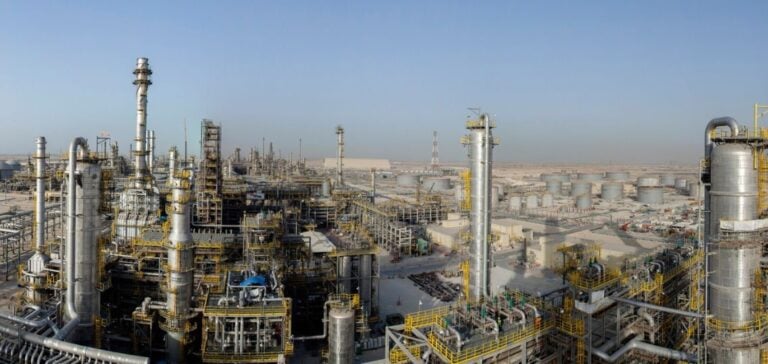GE Vernova, in partnership with GE Saudi Advanced Turbines (GESAT) and Dussur, celebrated the launch of the first H-Class gas turbine manufactured in Saudi Arabia. This project is part of the Kingdom’s economic diversification strategy, contributing to local production and skills creation. The H-Class turbine, renowned for its efficiency, will be installed at the Jafurah Cogeneration Independent Steam and Power Plant (ISPP), boosting the country’s energy capacity.
Production capacity and economic outlook
GE Vernova ‘s H-Class turbines offer efficient conversion of natural gas into electricity, meeting the energy needs of the Middle East. The GESAT site, the first of its kind in the region, has already exported over 200 modules for power plants generating more than 11 GW since 2018. Hisham Al Bahkali, President of GE Vernova in Saudi Arabia, emphasizes that this achievement strengthens local production capacity and supports the Kingdom’s industrial development objectives.
Strategic Partnerships
GE Vernova has signed a memorandum of understanding with the Saudi Export-Import Bank (EXIM) to facilitate the export of goods and services from Saudi Arabia. This partnership aims to strengthen GESAT’s export capabilities, thus supporting economic diversification. The protocol was signed by H.E. Eng. Saad Alkhalb, CEO of Saudi EXIM Bank, and Hisham Al Bahkali, President of GE Vernova for Saudi Arabia.
Impact on the Energy Sector
The commissioning of the H-Class turbine at the Jafurah ISPP represents a significant step forward for the Saudi energy sector. In addition to strengthening the local energy infrastructure, this development marks a key step in improving the generation capacity and reliability of the country’s power grid.






















